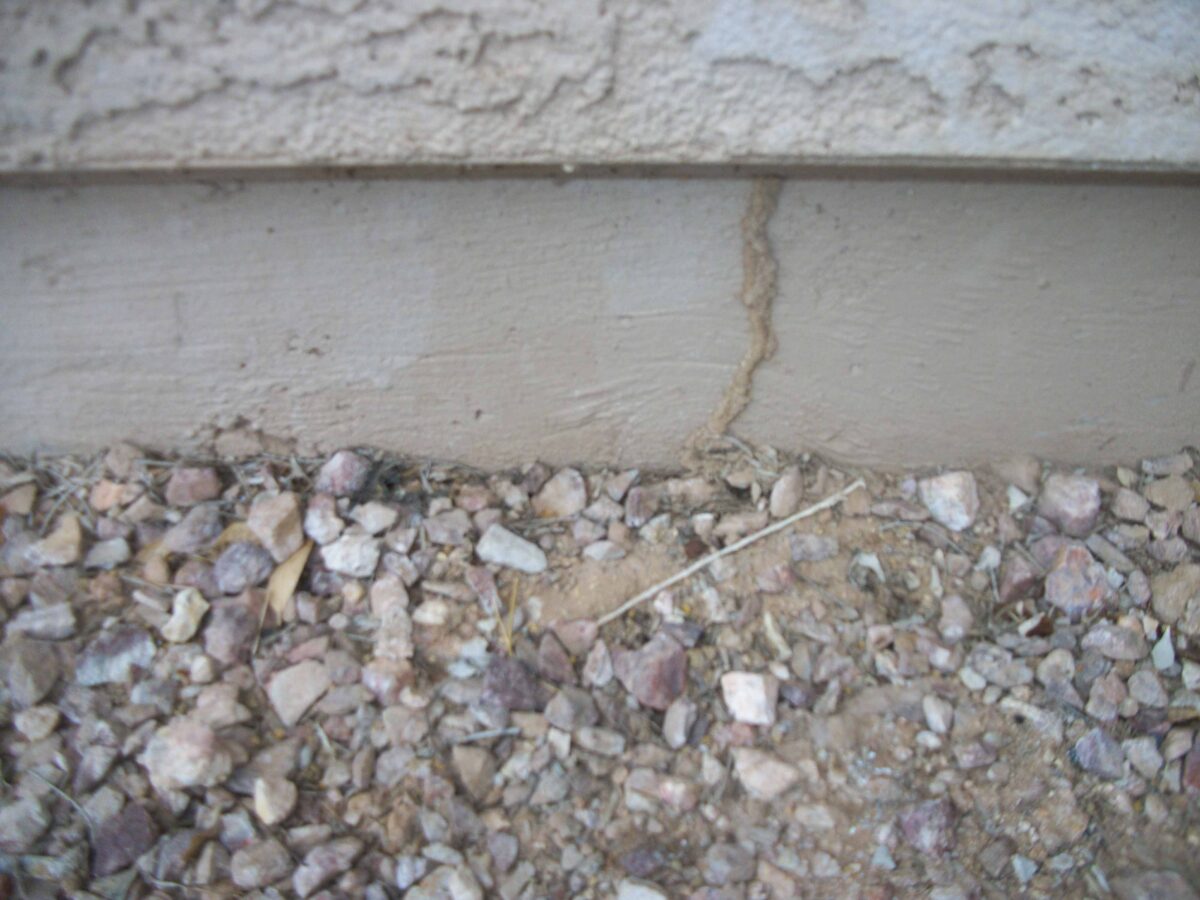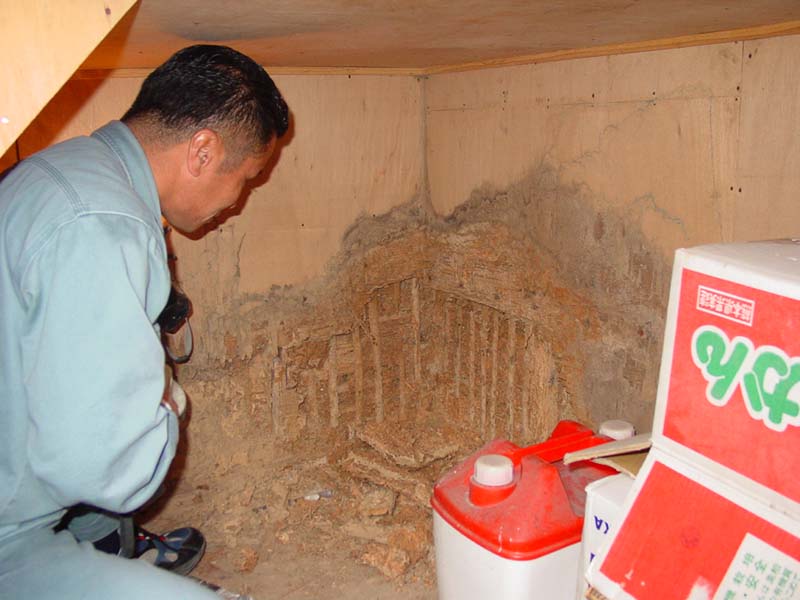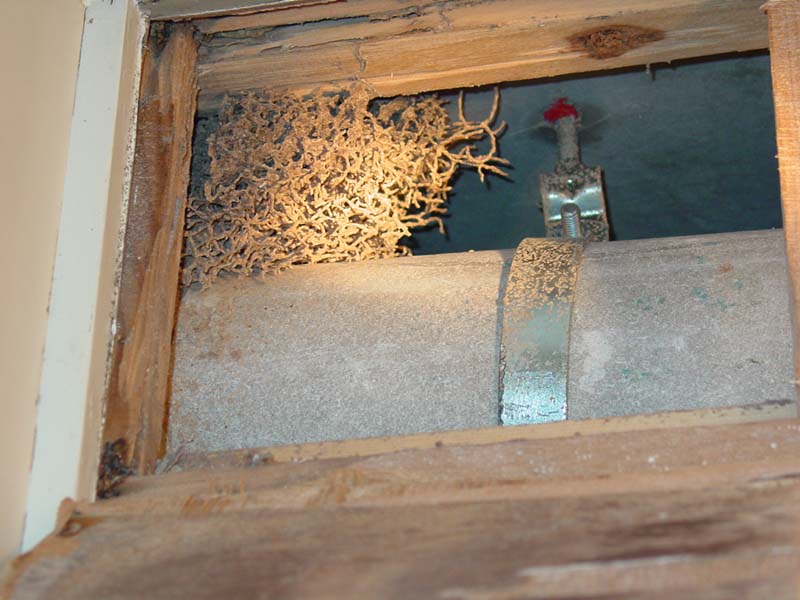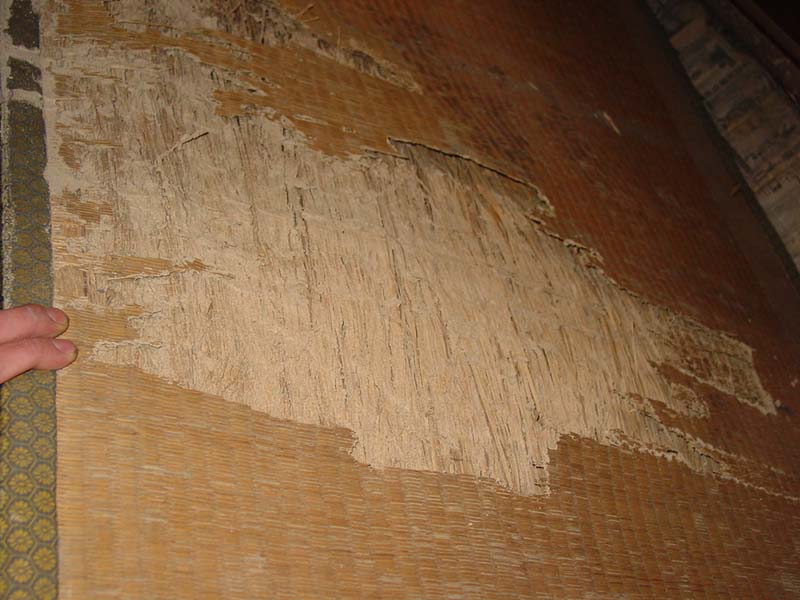Termite Facts
- Termites are known as “silent destroyers” because of their ability to chew through wood, flooring and even wallpaper undetected.
- There are about 2,000 known species of termites in the world.
- The most common termite species found in the United States are subterranean termites, Formosan termites, dampwood termites, drywood termites.
- Subterranean termites are by far the most destructive species of termite as they eat 24 hours a day, seven days a week.
- Each year, termites cause more than $5 billion in property damage.
- Termite colonies can have upwards of 2 million members.
- Termites are present in 70 percent of countries across the world and their population outnumbers human beings on a ratio of ten to one.
- The queen termite can lay up to 40,000 eggs per day.








